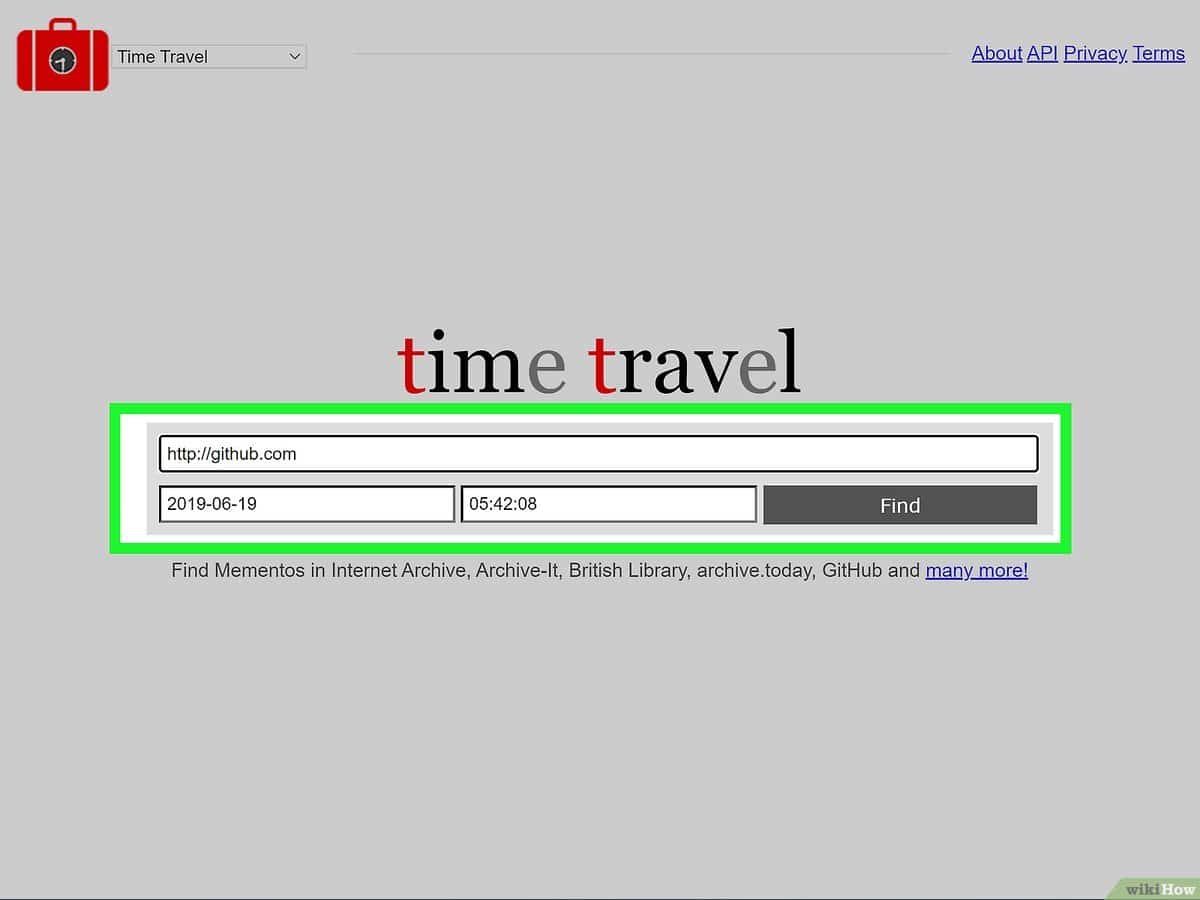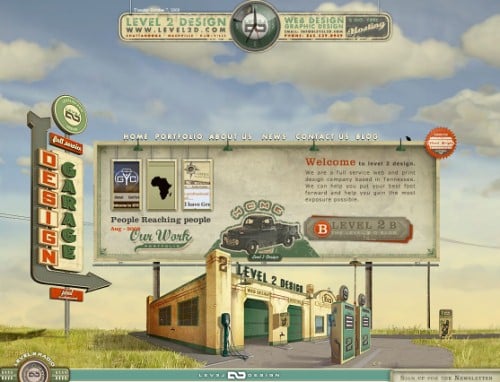Unlocking the Past: How to Access Old Websites
The landscape of the internet is always shifting, and as a result, websites come and go, frequently leaving behind remnants of digital history. Accessing old websites can be both fascinating and gratifying, whether you are looking for sentimental walks down memory lane or conducting research on content that has been archived. However, in order to successfully navigate the depths of the archives of the web, you will need the appropriate tools and approaches. In this article, we will look into the various approaches that you can use to excavate and investigate the virtual remnants of the digital past. How do I access old websites?

Wayback Machine: A Digital Time Capsule
One of the most well-known resources for gaining access to older websites is the Wayback Machine, which is maintained by the Internet Archive. The purpose of this priceless resource is to serve as a digital library, preserving snapshots of web pages at various times in time. Simply following these steps will allow you to make use of the Wayback Machine:
Step 1: Navigate to the Wayback Machine Website
The Wayback Machine can be used by going to its website, which can be found at archive.org/web/. When you arrive at that location, you will be presented with an easy interface that will ask you to input the URL of the website that you desire to investigate.
Step 2: Enter the Desired URL
The “Browse History” button should be clicked after you have entered the URL of the previous website that you are interested in accessing. A calendar that details the dates on which screenshots of the website were taken will be shown on the Wayback Machine.
Step 3: Choose a Snapshot Date
When you want to view the snapshots that are available, select a date from the calendar. Over the course of a single day, there may be many pictures taken, depending on the level of activity and popularity of the website. Simply by clicking on a particular snapshot, you will be able to access the archived version of the website as it was on that particular date.
Step 4: Explore the Archived Website
After you have chosen a snapshot, you will be taken back in time to the version of the website that has been archived. Explore the digital remnants of the past by navigating around the pages, clicking on the links, and immersing yourself in the experience.

Other Archival Resources
Even though the Wayback Machine is undeniably a treasure trove of preserved web content, it is crucial to note that it is not the only resource that can be utilized to access outdated websites. Here are some other options that you might want to take into consideration:
Specialized Archives:
Publications, academic journals, and online discussion forums are examples of the kinds of content that are archived by certain websites and organizations that specialize in this field. In many cases, these specialty archives include comprehensive collections of historical web content that is associated with their respective professions.
University Libraries:
The digital collections of many university libraries include web archives that are maintained by the libraries. Research initiatives, cultural items, and websites of historical value are all examples of what might be included in these archives. Get in touch with the library at your university or investigate the online tools they offer in order to gain access to these archives. https://diversewebsitedesign.com.au/dry-cleaner-website-design/
Government Archives:
Websites may also be archived by government entities for a variety of reasons, including the preservation of historical information and the fulfillment of legal requirements. It is possible to gain access to websites that are of public interest or that are significant to the government through these archives.

Challenges and Limitations
The process of accessing historical websites can be an exciting adventure; however, it is essential to be aware of the difficulties and constraints that are associated with participating in this activity. There are a few things to keep in mind, including the following:
Broken Links and Missing Content:
It is possible for websites to undergo modifications throughout time, which may result in the content being altered, removed, or rendered inaccessible. As a consequence of this, archived versions of websites can have broken links or content that is missing, which would have an effect on the overall overall quality of the surfing experience.
Technical Constraints:
Web browsers that are more recent may not be able to support older websites because they may rely on technologies that have become obsolete, such as Java applets or Flash. As a consequence of this, it is possible that certain interactive components or multimedia material will not function as intended in archived versions of websites.
Legal and Ethical Considerations:
However, it is crucial to respect copyright rules and intellectual property rights, even though visiting archived websites can be an instructive experience. It is possible that certain content is subject to copyright limitations, which necessitates obtaining permission before reproducing or distributing it.

Preserving Digital History
As we continue to embrace the digital world, it is becoming increasingly important that we preserve our online past. The ability to access older websites not only provides insights into the development of the internet, but it also acts as a tribute to the collective wisdom and ingenuity of the human race. Through the utilization of archival resources and methods, we are able to guarantee that the digital artifacts of today will be preserved for future generations to investigate and admire.
To summarize, having access to older websites gives us the opportunity to explore the virtual landscapes of bygone times, so allowing us to unearth hidden riches and treasures that have been forgotten over time. The tools and methods that are accessible for accessing old websites provide an infinite number of opportunities for discovery and enlightenment. This is true regardless of whether you are a historian, researcher, or simply an adventurer with a curious nature.
When embarking on this trip, it is important to remember to approach it with patience, curiosity, and respect for the digital artifacts that improve our experience of being online. I wish you a pleasant surfing experience and I hope that your explorations of the archives allow you to gain fascinating insights into the history of the web.




